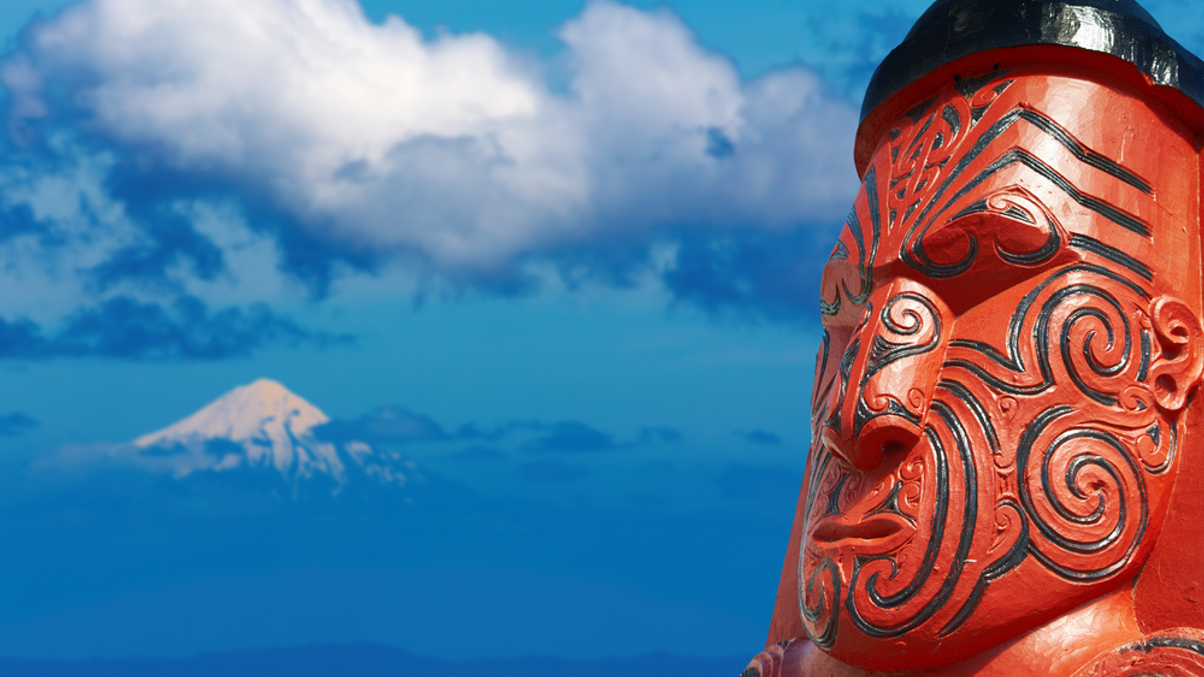New Zealand Māori investment strategies revealed
From property-heavy portfolios to those focused on farming and forestry, iwi are most concerned about what is best for their local community.

The substantial settlements paid out to New Zealand Māori communities, known as iwi, by the Waitangi Tribunal have placed responsibility on each iwi to carefully manage those payouts, especially given they will have limited access to new capital.
Sign in to read on!
Registered users get 2 free articles in 30 days.
Subscribers have full unlimited access to AsianInvestor
Not signed up? New users get 2 free articles per month, plus a 7-day unlimited free trial.
¬ Haymarket Media Limited. All rights reserved.


